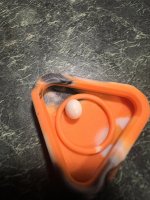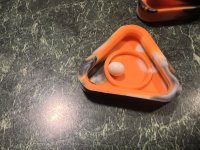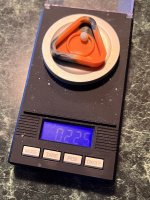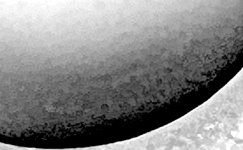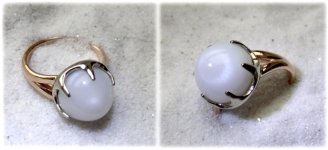Reech
Well-known member
- Joined
- May 18, 2024
- Messages
- 18
Got this from my belated grandfather who was eating clams one day 30+ years ago and found it! It weighs EXACTLY 225mg or 1.125 ct which is a pretty cool number because it’s 11(2) then 25 for both. It’s about 7mm in length and It’s very special to me I am planning on setting it in an 18k gold ring. Can someone fill me in on if it’s a flame or not and how much it’s worth thank you

